The Da Nang Cham Museum currently preserves 5 Makara dragon statues showing the characteristics of Cham art style.

Three dragon statues found in Tra Kieu (Duy Xuyen) were included by Henri Parmentier in the first catalogue of the Da Nang Cham Museum (1919), with the symbols 41.1, 41.2, 41.3. The first two were a pair of statues that were heavily chipped, but the remaining parts also impressed the French archaeologist. He named the artifacts “dragons”.
The head of the statue has lost its snout, leaving only round eyes, bulging under thick eyelids. Around its neck is a large bell, a characteristic sign of a statue meant to serve the gods.
The statue's body has scales and its belly has horizontal lines, representing the shape of a snake. The two dragon statues turn their heads towards each other, forming a symmetrical pair, suggesting that the statues were originally placed on either side of the entrance to a religious structure.
The third artifact was also identified by Parmentier as a “dragon”. The torso is missing, but the intact head shows a long crocodile-like snout, a characteristic of the Makara dragon in Indian art. The statue is distinct from the Makara image with horns on the head and feet, with round, fat ankles like those of a lion.
During the excavation in Binh Dinh in 1935, archaeologists collected and brought to the Da Nang Cham Museum three relatively intact artifacts, identified as dragons or Makara dragons. They are a pair of large statues, depicting the sacred animal lying down, with its two front legs folded up, feet facing forward, head raised, and face tilted to one side.
One statue has its face facing right, the other facing left, a sign of a pair of statues placed at the entrance of an architectural work. The head of the statue has the shape of a crocodile's snout with stylized, round, and bulging eyes, often seen in Makara statues. The body of the statue is shown as plump and round, not long and winding like a snake's body; along its spine there are sharp scales; around its neck there is a bell.
Another Makara dragon statue collected in this collection has a unique shape and is carved with many delicate details. This is a dragon statue that has both Makara signs and the image of the Naga snake god.
The head is characterized by its large size compared to the rest of the body. The muzzle is wide open, baring fierce teeth; the eyes are round, bulging under many layers of eyelids, embossed with elaborate patterns.
The front legs are tucked under the chest, while the hind legs are raised vertically upwards and the body ends in a snake-like tail that hangs down along the legs. In the dragon's snout is a round object, representing a pearl, an image found both in the Indian mythology of Makara and in the Chinese mythology of dragons.
Five dragon sculptures preserved at the Da Nang Cham Museum show the richness of themes and styles of Champa sculpture.
In particular, when compared with the dragon image in the sculptures of neighboring countries, one can recognize similarities and differences in style, showing the mutual influence between cultures in the region.
Source


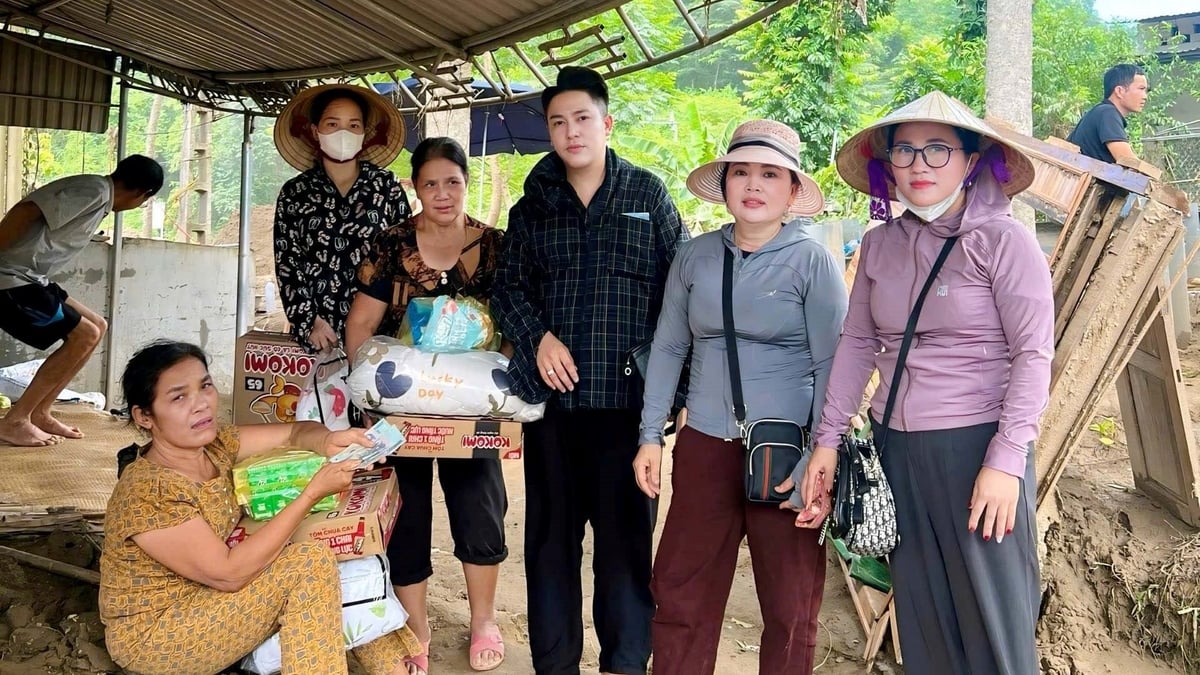
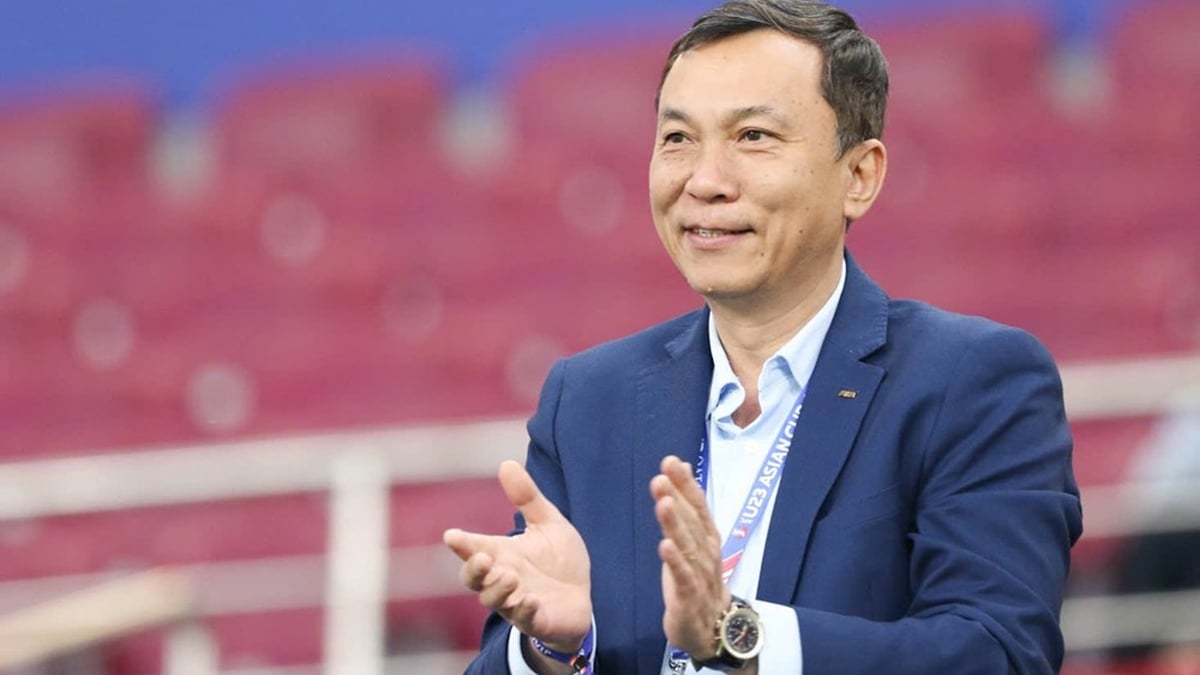

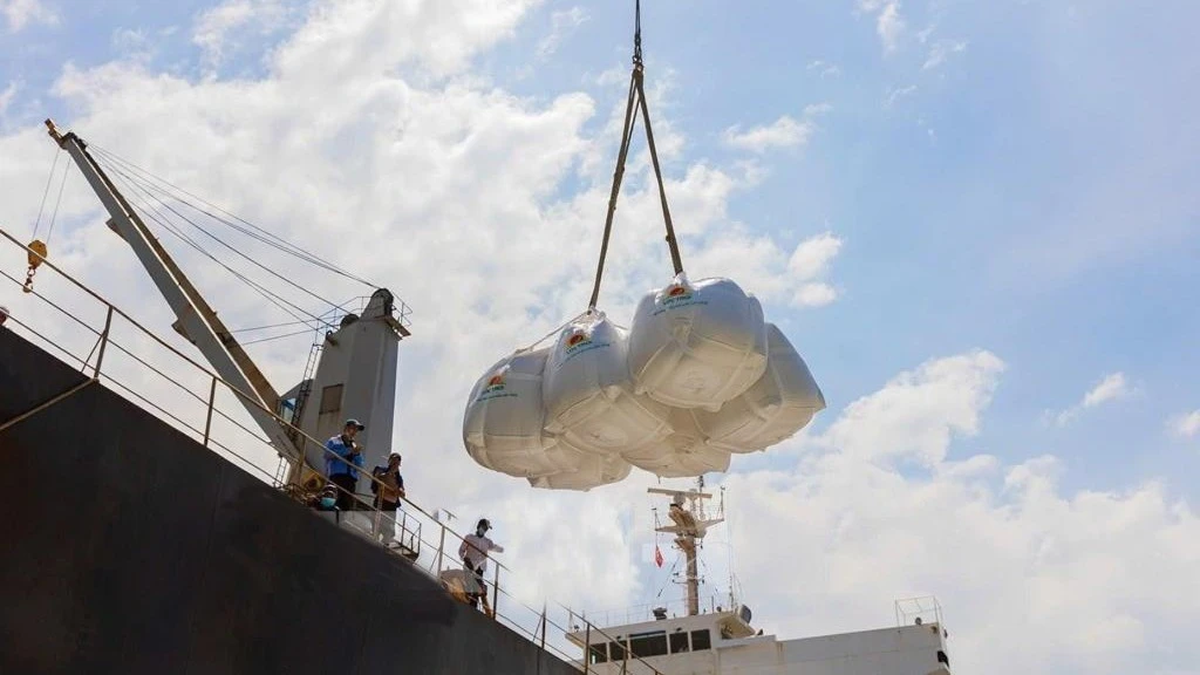
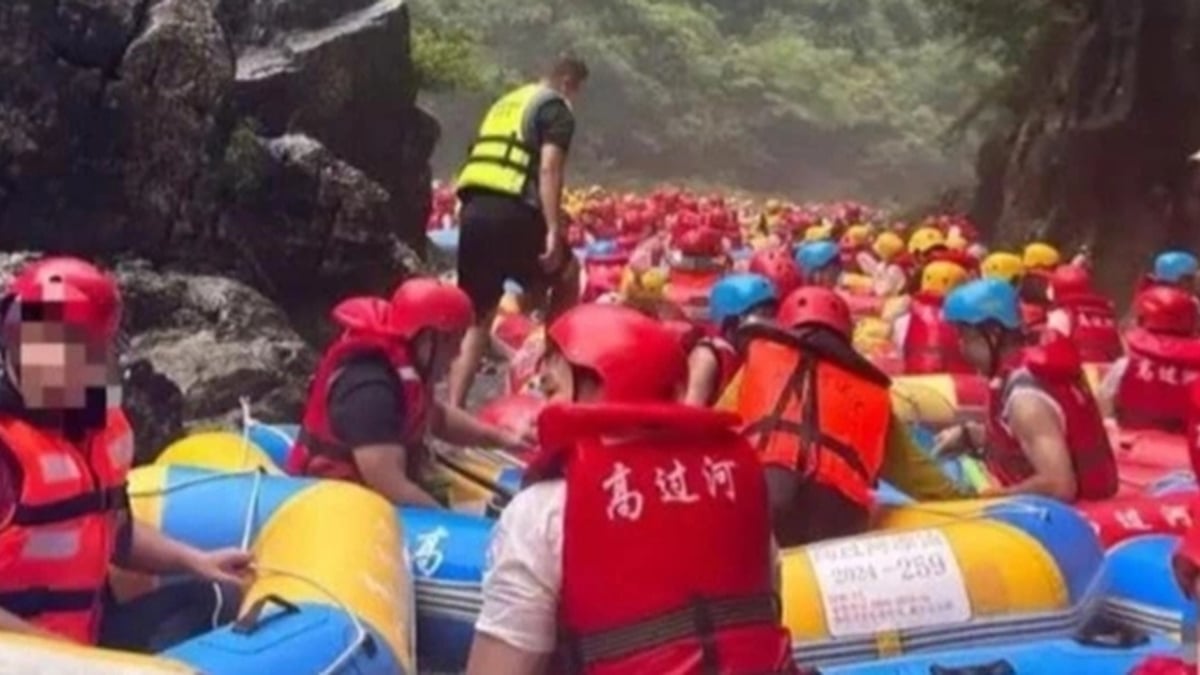
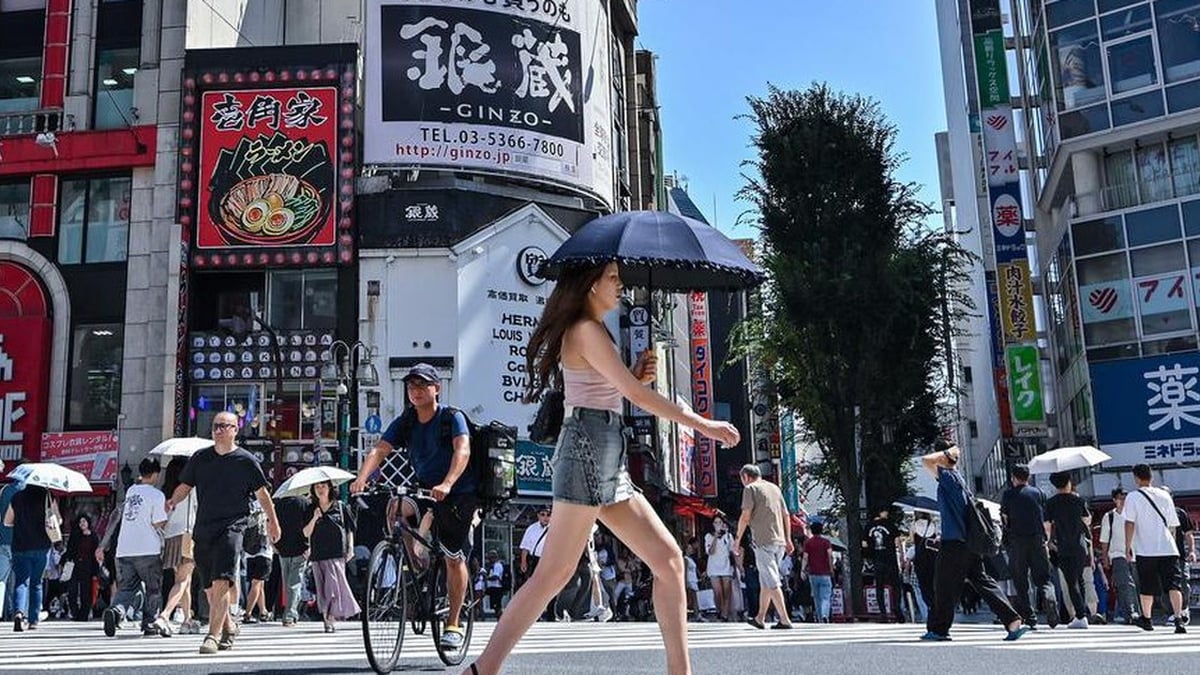
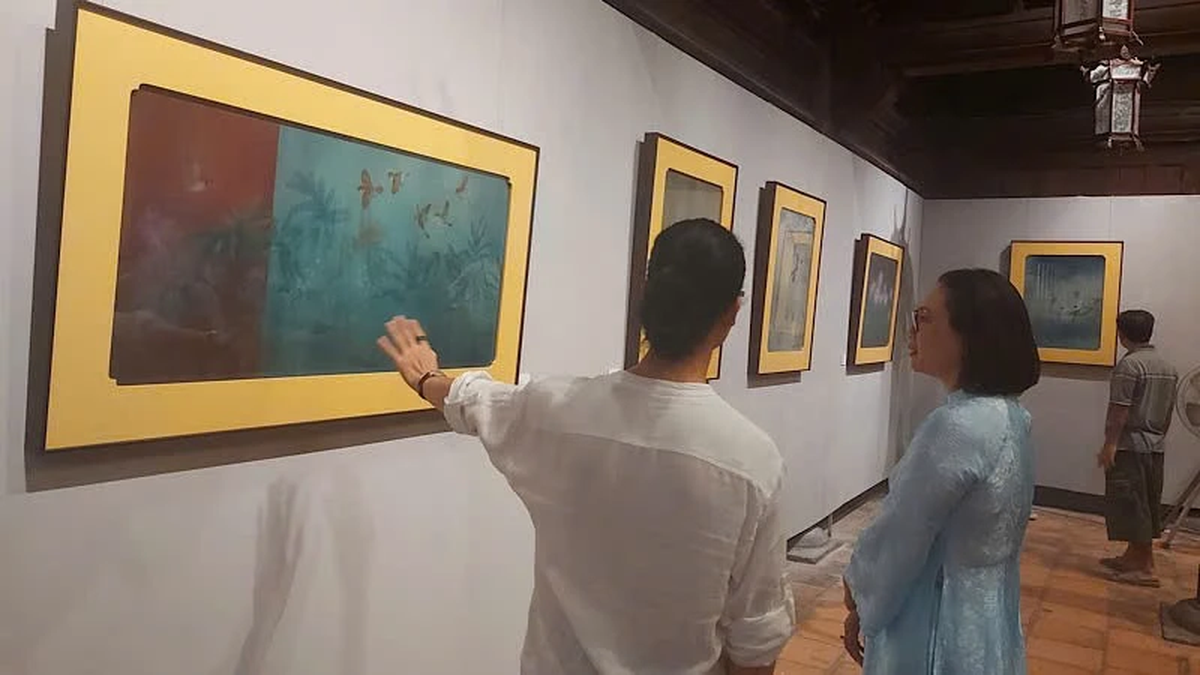
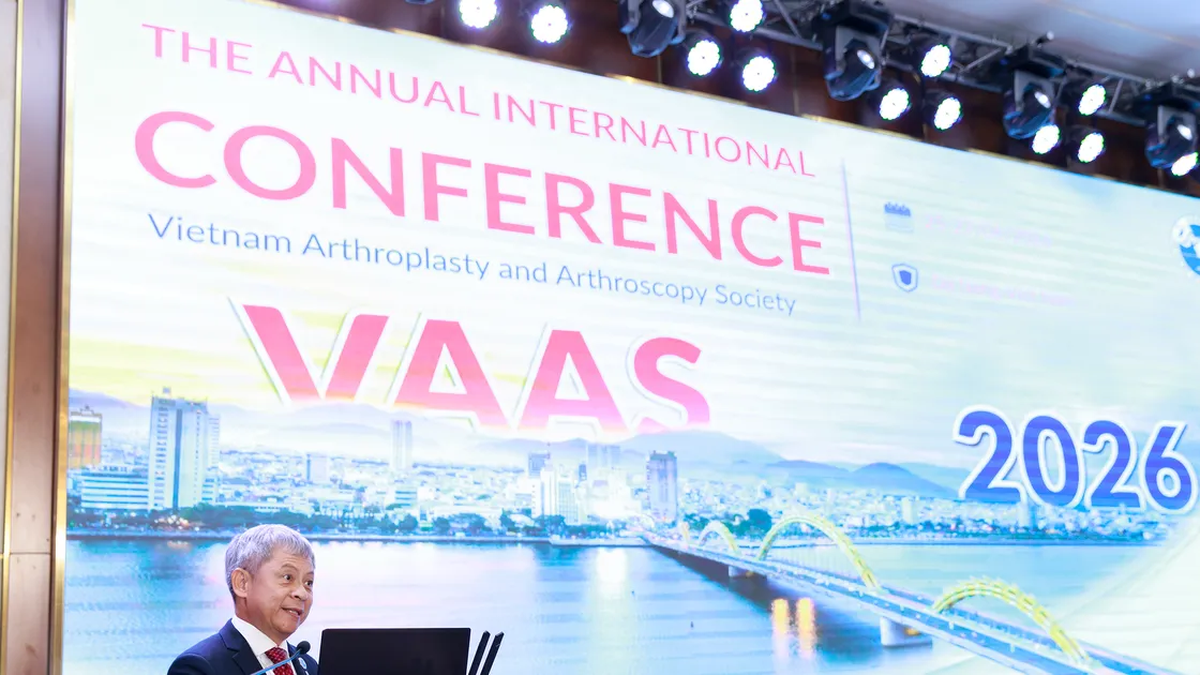
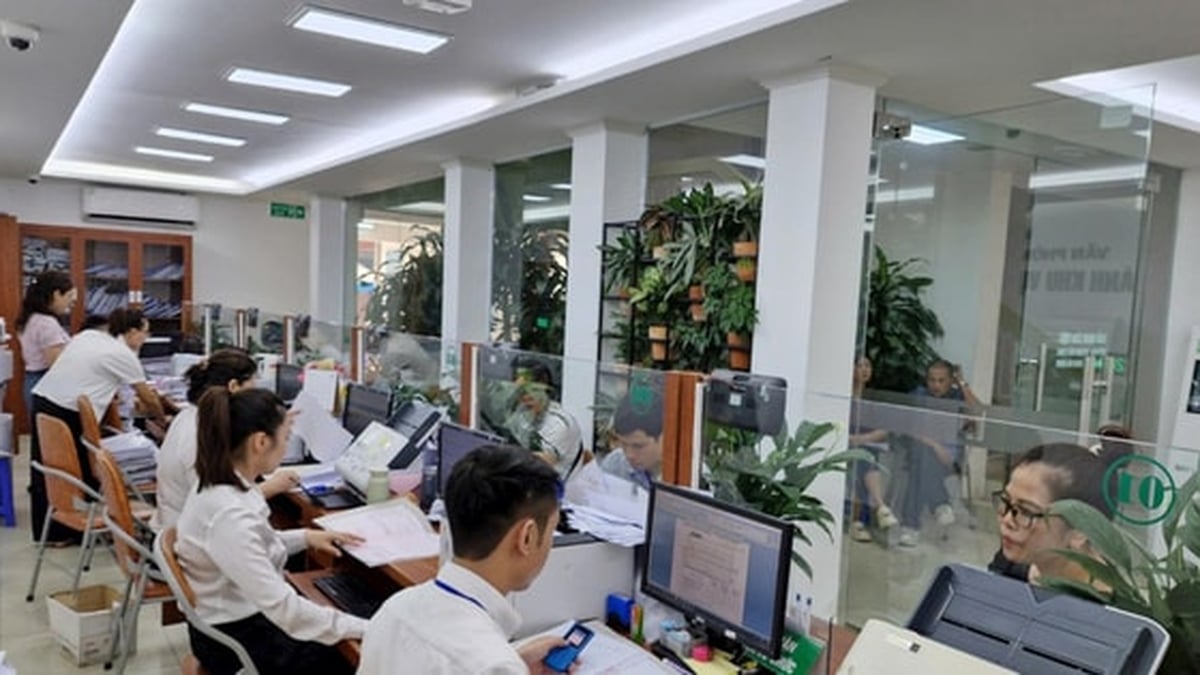
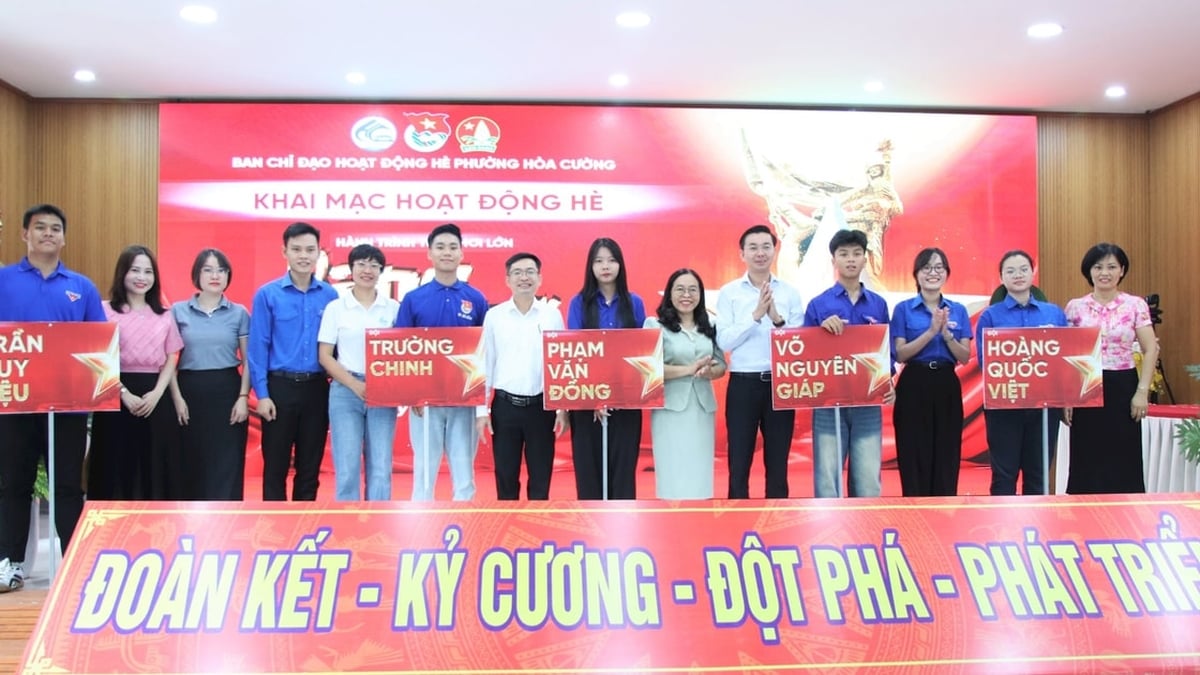
















































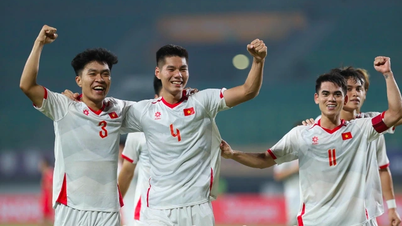
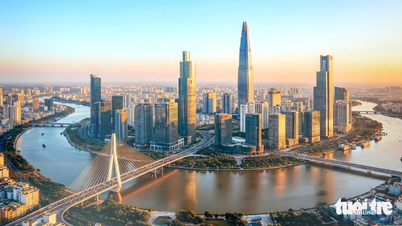

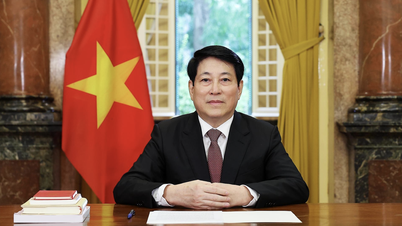

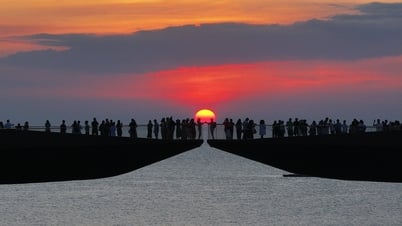

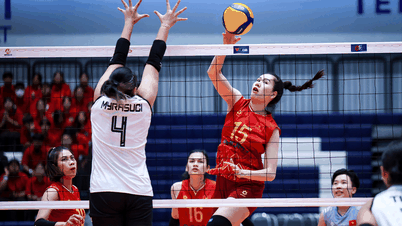
































Comment (0)